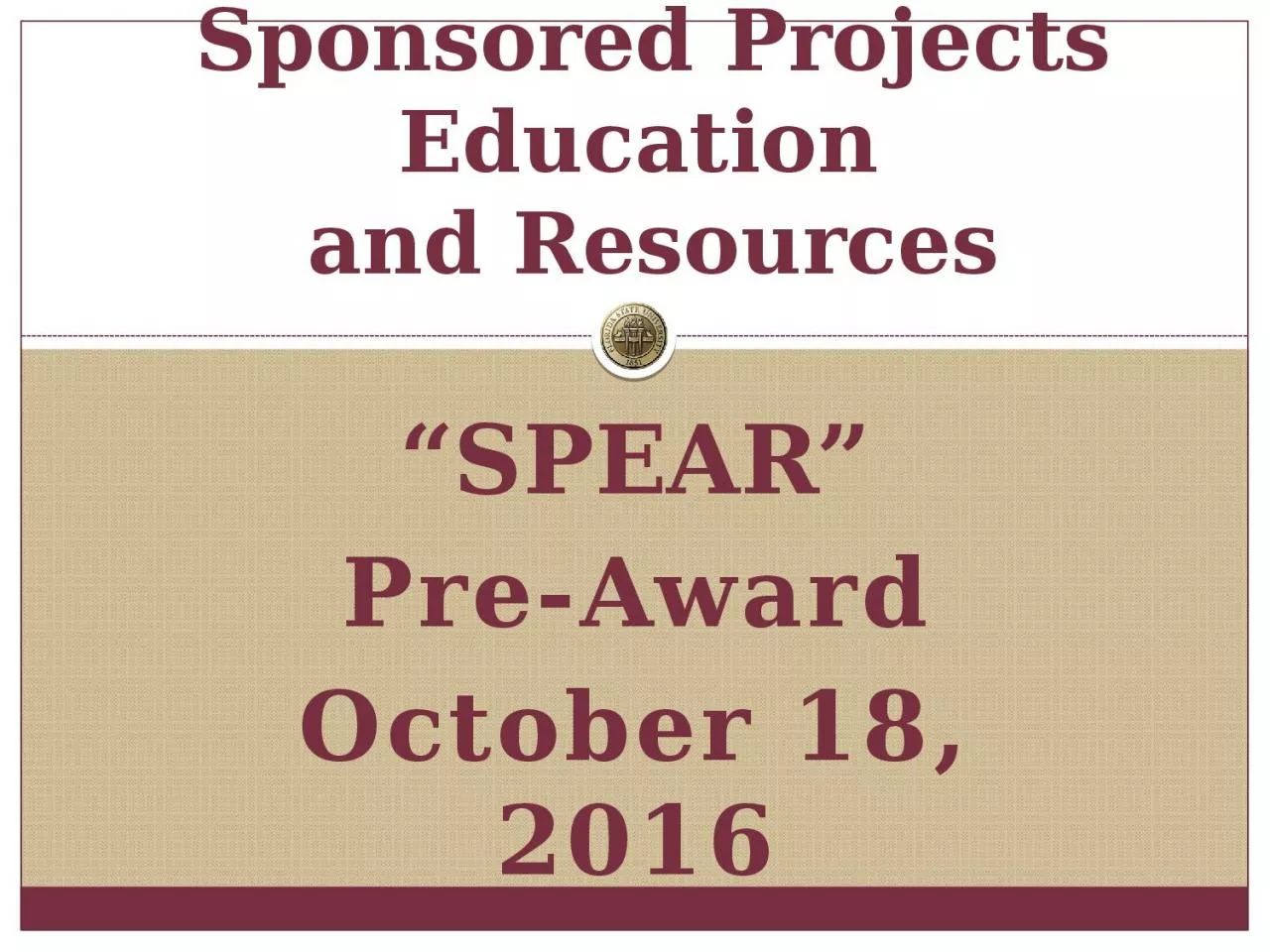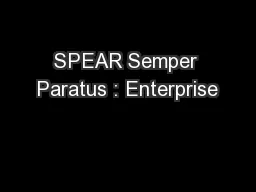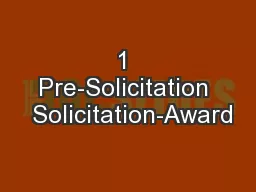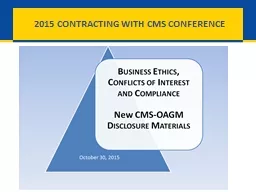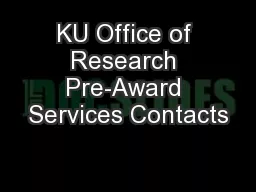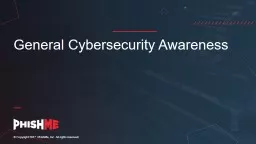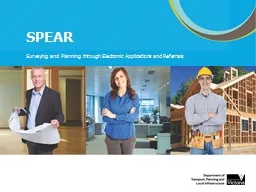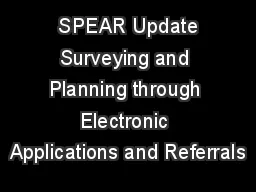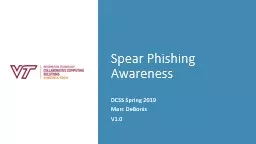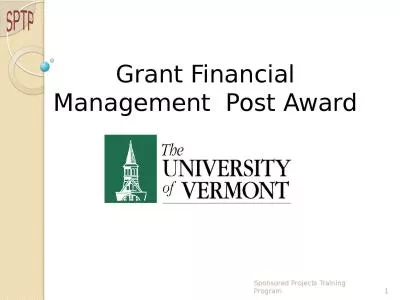PPT-“SPEAR” Pre-Award October 18, 2016
Author : luna | Published Date : 2023-12-30
Sponsored Projects Education and Resources Presented by Trey bauer Solicitations Solicitations How do we find out about funding Solicitation FOA PA RFP RFQ RFA
Presentation Embed Code
Download Presentation
Download Presentation The PPT/PDF document "“SPEAR” Pre-Award October 18, 2016" is the property of its rightful owner. Permission is granted to download and print the materials on this website for personal, non-commercial use only, and to display it on your personal computer provided you do not modify the materials and that you retain all copyright notices contained in the materials. By downloading content from our website, you accept the terms of this agreement.
“SPEAR” Pre-Award October 18, 2016: Transcript
Download Rules Of Document
"“SPEAR” Pre-Award October 18, 2016"The content belongs to its owner. You may download and print it for personal use, without modification, and keep all copyright notices. By downloading, you agree to these terms.
Related Documents

